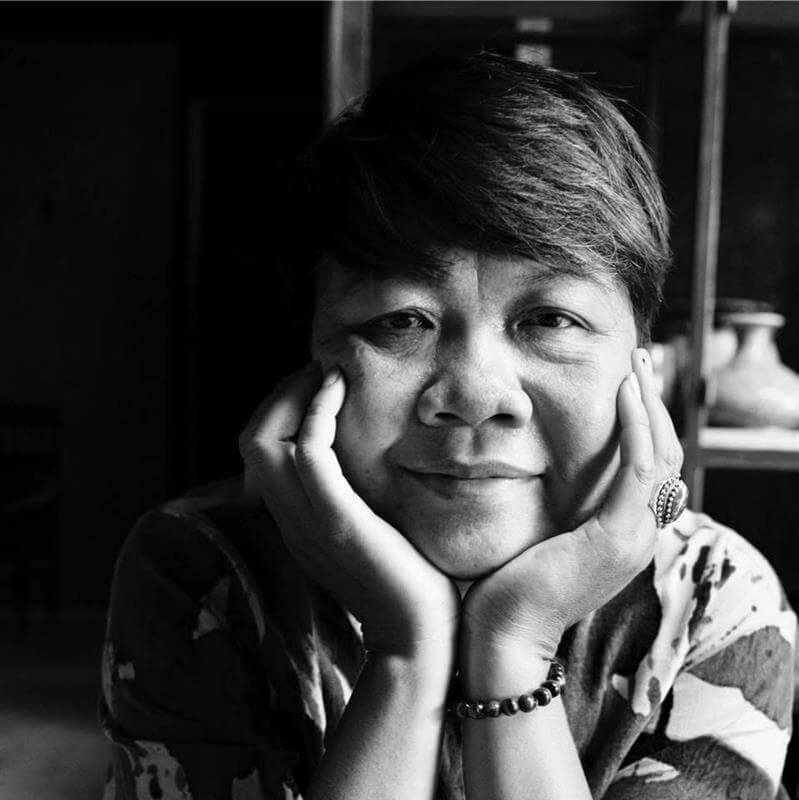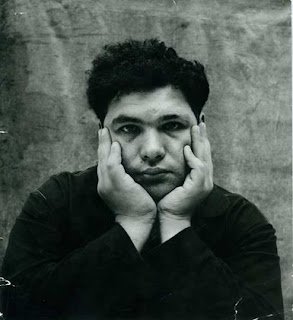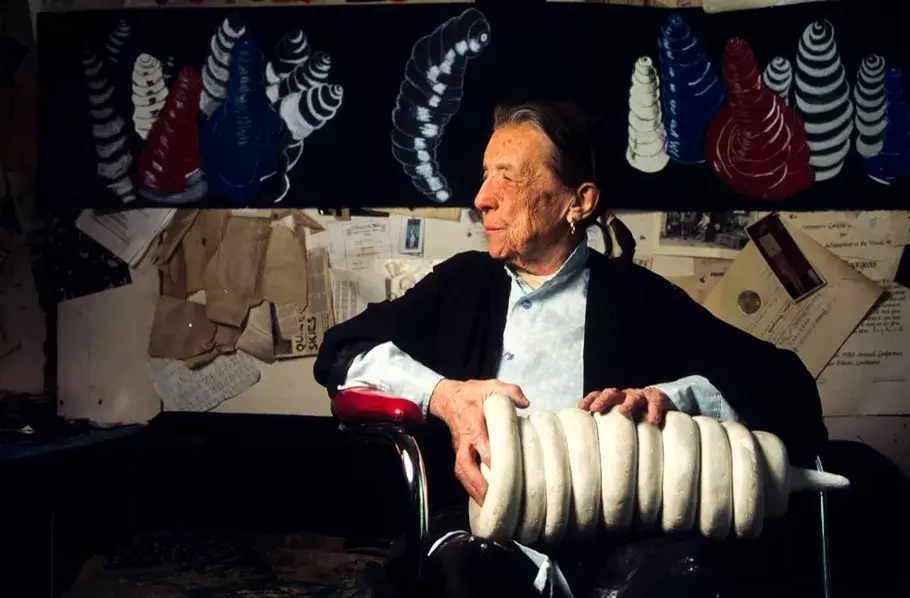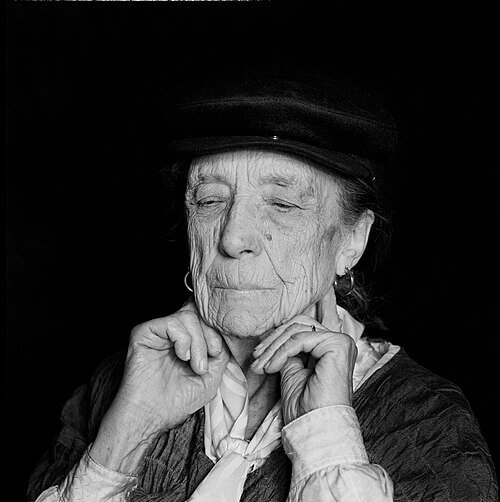From Hobița to Paris: The Origins of a Modernist Genius
Constantin Brâncuși, the legendary Franco-Romanian sculptor, is often hailed as the father of modern sculpture. Born in 1876 in Hobița, a remote village in Romania, Brâncuși’s humble origins were steeped in the folklore and woodworking traditions that would later shape his aesthetic vision. His early life in Gorj County imbued him with a spiritual connection to nature and a reverence for simplicity—elements that would become signatures of his later works.
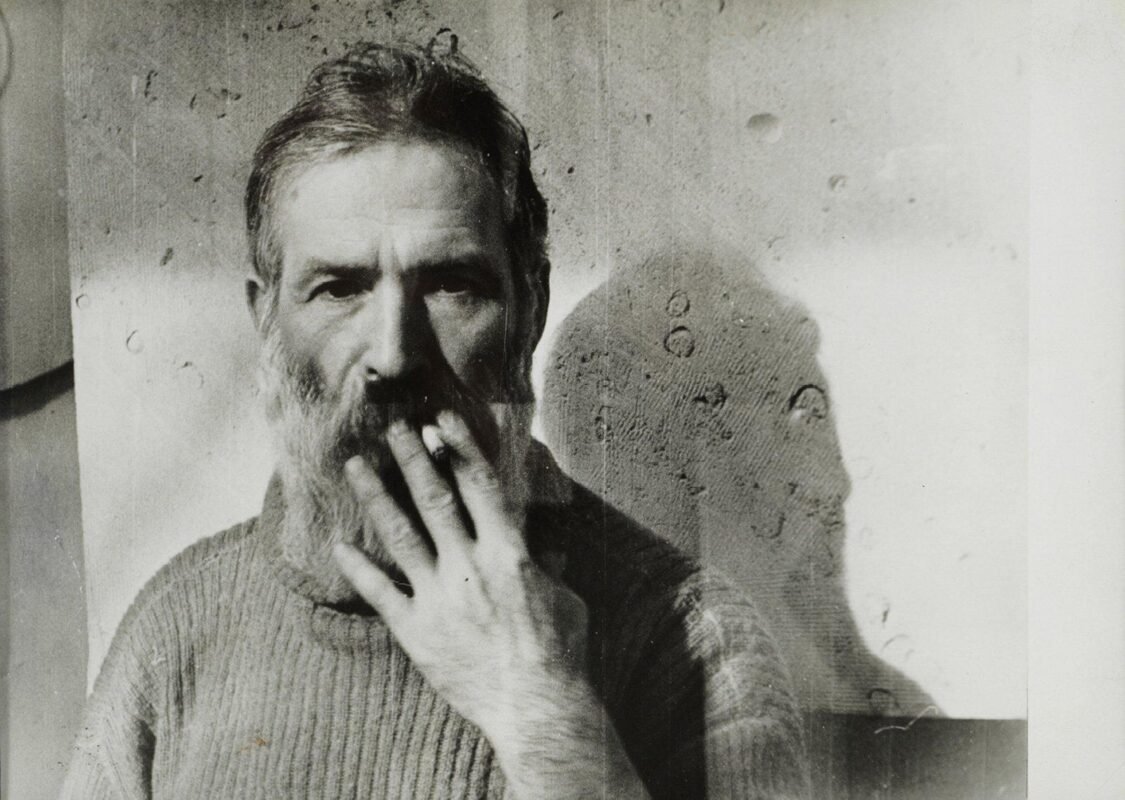
After studying at the Bucharest School of Fine Arts, Brâncuși walked—yes, walked—from Romania to Paris in 1904, passing through Budapest, Vienna, Munich, and Zurich. This epic journey marked not only a geographical shift but also a metamorphosis in his artistic philosophy. He would later become a naturalized French citizen and an integral part of the Parisian avant-garde.
Brâncuși in France: A Sculptor Reinventing Form and Identity
Constantin Brâncuși arrived in Paris at the dawn of the 20th century, a time when the French capital was the epicenter of artistic revolution. After a brief stint at Auguste Rodin’s atelier, Brâncuși famously left, stating, “Nothing grows under big trees.” He was determined to find his own voice, and he did—by stripping sculpture of its decorative excesses and distilling form to its most essential, metaphysical core.
In Paris, Brâncuși’s workshop on Impasse Ronsin became a sacred space for exploration. It was here that he created iconic pieces such as Le Baiser (The Kiss), La Colonne sans fin (The Endless Column), and L’Oiseau dans l’espace (Bird in Space). These works captured the attention of European collectors and American museums alike, placing Brâncuși at the heart of international modernism.
Brâncuși’s work was not merely sculpture—it was philosophy rendered in bronze, marble, and wood. His minimalist, abstract forms were deeply influenced by Romanian folklore, Orthodox spirituality, and a profound respect for material integrity. He didn’t just carve—he reveal.
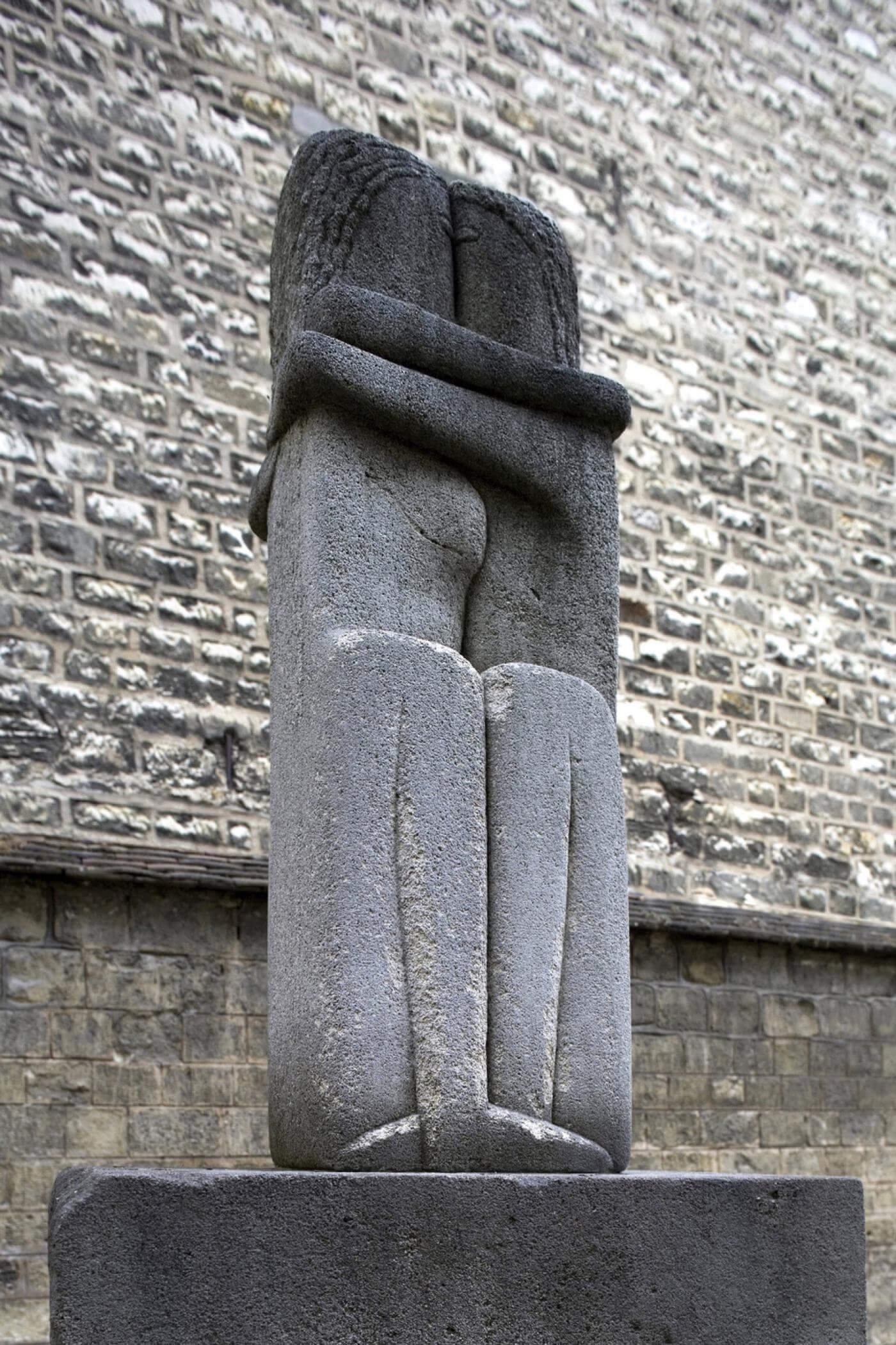
Sculptural Revolution: Simplicity as Sophistication
French art circles recognized Brâncuși not just as a Romanian sculptor in Paris, but as a pioneering force who redefined the limits of sculpture. His works rejected the classical realism that had dominated French sculpture for centuries. Instead, Brâncuși introduced a radical elegance: smooth, pure forms that transcended both time and technique.
La Muse endormie (The Sleeping Muse) exemplifies his gift for capturing the essence of being. With closed eyes and an ovoid form, the work reflects serenity, introspection, and the eternal. In France, where form and aesthetics carry cultural significance, Brâncuși’s abstraction resonated as deeply philosophical—an alignment with the intellectual traditions of existentialism and phenomenology.
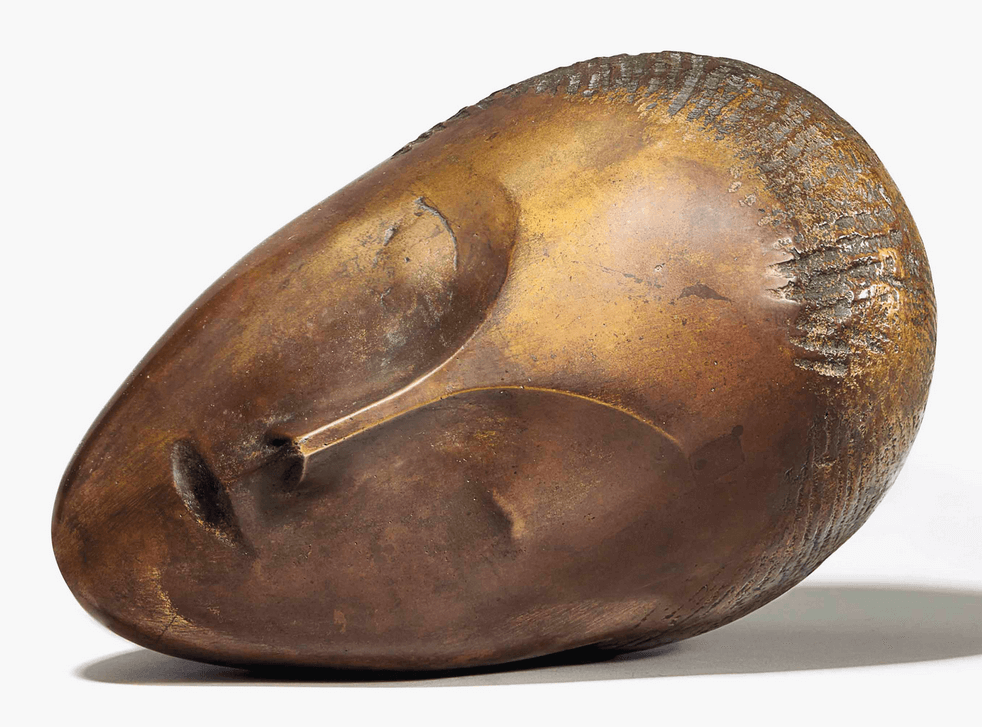
His sculptures, including the many versions of Mademoiselle Pogany II (inspired by Hungarian artist Margit Pogány), Princesse X and L’Enfant endormi now grace major museums across Paris and Europe. The Centre Pompidou in Paris hosts a complete reconstruction of his atelier, L’Atelier Brâncuși a living museum that continues to attract thousands of art lovers annually.

Brâncuși and France: A Complex Love Story
Although Brâncuși became a French citizen in 1952, his relationship with France—and his homeland Romania—was nuanced. While France celebrated his genius, Romania under communism shunned him for not adhering to academic realism. Ironically, the artist who offered to donate his Parisian studio to Romania was refused, leading him to leave his legacy to France.
Today, this legacy is a cornerstone of French cultural patrimony. The French art market has consistently ranked Brâncuși among the most valuable sculptors. His bronze Bird in Space has fetched over $27 million at auction, making it one of the most expensive sculptures ever sold.
In French-speaking art history classes, Brâncuși is taught alongside Rodin, Giacometti, and Arp. He is seen not only as a sculptor of Romanian origin but as a French cultural icon—un pilier de la sculpture moderne.
The French Influence: Brâncuși’s Enduring Appeal in France
What makes Constantin Brâncuși so beloved in France is not merely his technical mastery but his philosophical depth. His minimalist forms align with the French love of conceptual elegance and intellectual rigor. His works speak a universal language that appeals to art historians, collectors, and gallery-goers from Paris to Marseille.
The French public’s enduring admiration for Brâncuși is evident during events like the Journées Européennes du Patrimoine when visitors queue to see his atelier. Educational institutions frequently include him in curricula focusing on modernist movements, and scholarly publications on French modern art often cite his influence.

His commitment to handcraft, his use of organic materials, and his reverence for Romanian traditions echo the contemporary values of sustainability, authenticity, and artisanal excellence—qualities increasingly cherished in today’s French art circles.
Constantin Brâncuși in the French Art Market
Constantin Brâncuși is a top-tier name in the French art market. His works are considered blue-chip assets and are prominently featured in Parisian auction houses like Artcurial and Sotheby’s France. French collectors view Brâncuși’s sculptures as investments with both cultural and financial value.
Museums like Musée d’Art Moderne de Paris, Centre Pompidou, and the Fondation Louis Vuitton have exhibited his works in retrospectives that drew massive audiences. His presence in French museums not only boosts tourism but also strengthens France’s position as a leader in global modern art.

French art critics consistently describe Brâncuși’s work as “révolutionnaire,” “épuré,” and “profondément spirituel.” These keywords align with SEO strategies targeting French-speaking readers searching for modern sculpture, Romanian art, or Franco-Romanian cultural icons.
Sculpting the Future: Why Brâncuși Still Matters in France
Constantin Brâncuși’s influence on French culture extends beyond galleries and museums. His story is one of artistic independence, intellectual courage, and cultural fusion—qualities that resonate deeply in contemporary France. His legacy is alive in the works of contemporary French sculptors who embrace abstraction, sustainability, and introspection.
For French audiences, Brâncuși represents the ideal marriage of form and meaning. He is not just part of France’s past—he is a guide for its artistic future. His minimalist aesthetic speaks directly to the sensibilities of 21st-century French collectors and art lovers, making his work perpetually relevant.
In the words of art critic André Malraux, “Brâncuși n’a pas sculpté la forme, il a sculpté l’essence.” Brâncuși did not sculpt form—he sculpted essence. This essence continues to inspire generations in France and beyond.
Conclusion: Brâncuși’s Enduring Connection to France
For the French-speaking world, Constantin Brâncuși is more than a Romanian expatriate—he is a monumental figure in France’s modern art heritage. From his atelier in Montparnasse to the halls of the Centre Pompidou, Brâncuși’s legacy remains firmly embedded in the fabric of French cultural life.
As collectors, curators, educators, and artists continue to explore his work, Brâncuși’s relevance only deepens. His art is not just viewed—it is felt. And in France, where art is the language of the soul, Constantin Brâncuși speaks fluently.



